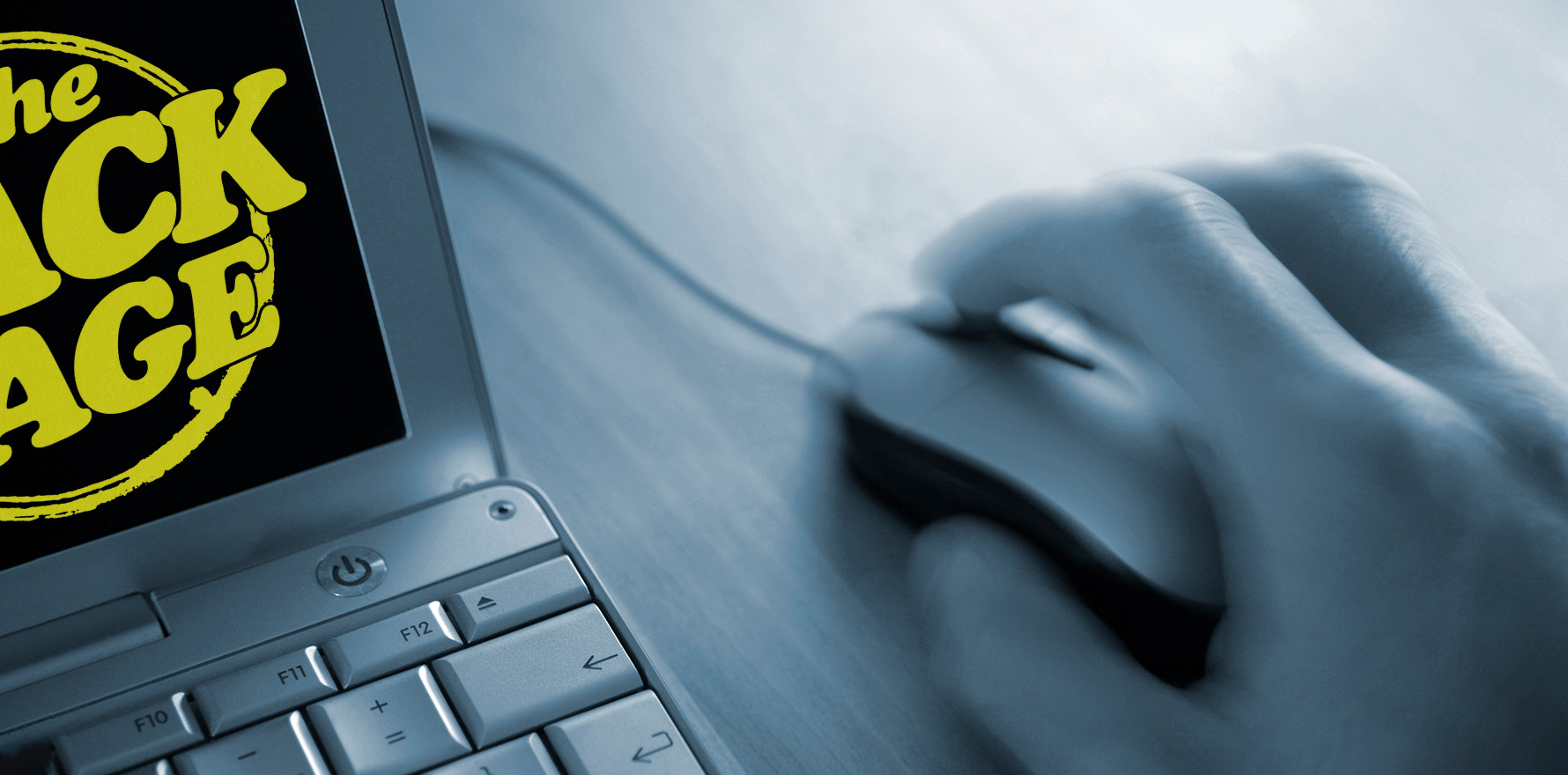Not your typical mouse study.
Work-related stress is a growing global problem.
But it’s not growing fast enough, apparently, for these researchers, who envision workers being subject to continuous real-time collection of stress measurements so they can given timely stress-relieving interventions.
This can be achieved, they propose, by monitoring keyboard and mouse actions (such as keystroke error rate and wildness of mouse movements) of people while they work, which correlate even better than heart rate with workers’ self-reported stress levels.
Laboratory studies of stress-detection to date have lacked verisimilitude, among other problems, the authors of the current study write. They set out to remedy this with a machine-learning model based on combined behavioural, physiological and psychological data: namely, keyboard and mouse movements (via custom software), heart rate variability (via a wearable) and salivary cortisol (tested periodically during the experiment), and self-reported stress (via the Multidimensional Mood State Questionnaire).
Why pick keyboard and mouse movements? The connection is based on theories of stress in which a relevant stressor is detected and one’s own resources deemed inadequate to meet it. This “imbalance between resources and demands leads to an increased signal-to-noise ratio in the brain, which is reflected in increased variations in human movements”.
Also, spying on people’s movements through alternative means such as camera and audio is a little invasive, “especially in a work context”. No kidding.
The established the effectiveness of the technique by putting 90 participants in a simulated insurance company office environment with real-work-like tasks, randomly dividing them in two stress conditions and one control condition.
Stress condition subjects were then mock-interviewed for a promotion in front of their peers by an actor line manager, while the controls had “non-evaluative professional training which involved reading a work-related dialogue aloud in unison”.
“As an additional stressor, participants in stress condition 2 received frequent chat messages from their manager … which interrupted them in their workflow with urgent questions related to their tasks and performance.”
This all would have been funny to watch, if nothing else.
The authors ponder what level of accuracy a model would need to attain before it becomes so annoying that workers would rather be left alone with their stress: “while false negatives increase the risk of missing to adequately treat a person at risk for serious stress-induced health consequences, too many false positives could simply impede a user’s workflow, increasing levels of stress and the likelihood of dropout from the stress management programme”.
In conclusion – ours, not theirs – the Back Page suspects an algorithm wrote this paper, as only an algorithm would think measuring a employee’s stress levels through their computer hardware and jumping in with an unspecified intervention when those stress levels reach a certain threshold is a better idea than just making your workplace a little less damn stressful in the first place.
Sending story tips to penny@medicalrepublic.com.au is proven to relieve workplace tension.


